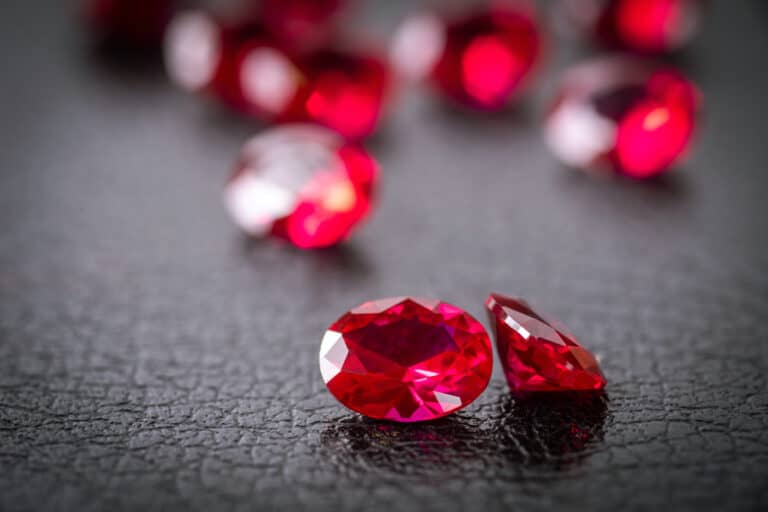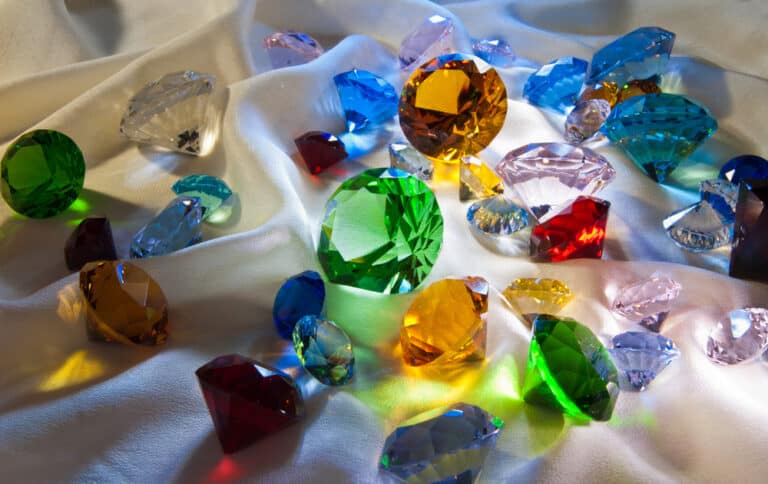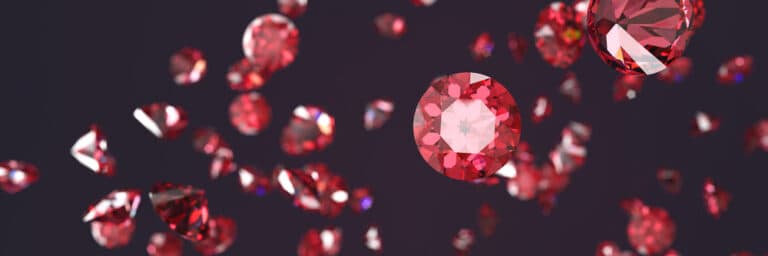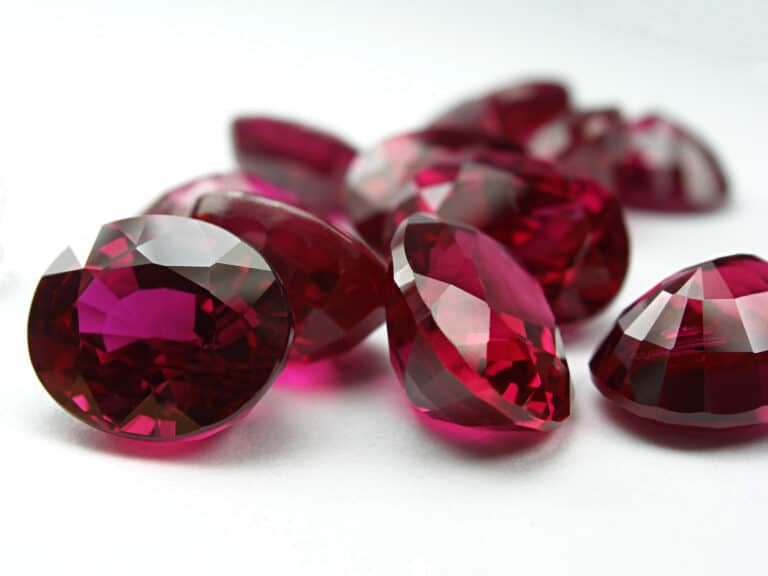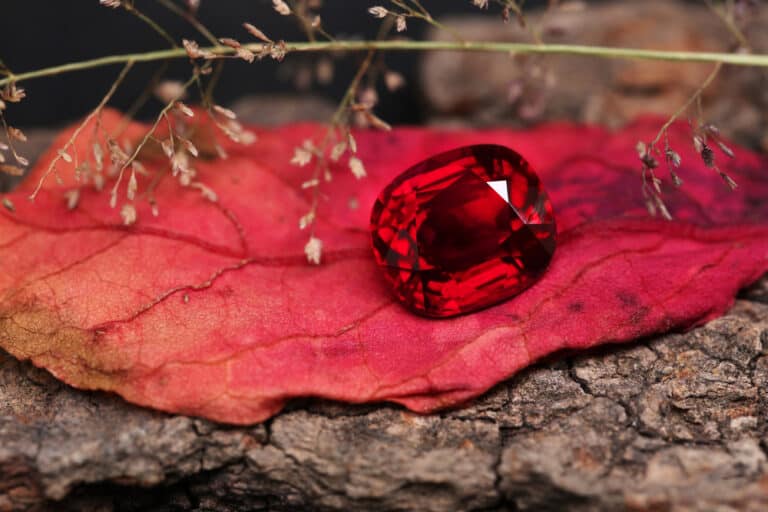If you consider synthetic ruby for your next jewelry purchase, you might wonder if it can stand up to heat. Synthetic rubies are made of the same material as natural rubies, but instead of being mined from the earth, they are grown in laboratories. Because of this, synthetic rubies are often less expensive than natural rubies. Can synthetic rubies take the heat?
Synthetic rubies are made of aluminum oxide and can take heat better than natural rubies. But heat can damage it, so be careful! This is because synthetic rubies are created in a controlled environment, and the quality of the aluminum oxide is more consistent than that of natural rubies.
If you are planning to wear your ruby ring while cooking or working out, it is best to remove it beforehand to avoid any potential damage. Remember that heat can cause changes in the color of your ruby. If you want to maintain its original hue, keeping it away from intense heat sources is best. Read on to learn more about synthetic rubies, their making, and if they are real.
Are Synthetic Rubies Real?
Synthetic rubies are often used in jewelry and are very popular because they are cheaper than natural rubies. But are they real? Synthetic rubies are man-made and are not exactly the same as natural rubies. However, they are made of the same material and have the same chemical composition. So, in that sense, they are real.
Synthetic rubies also have the same physical properties as natural rubies, so they look and feel the same. The only way to see the difference is with a microscope or other specialized equipment.
So, synthetic rubies are an excellent option if you search for a cheaper alternative to natural rubies. Just know that they are not the same as the real thing.
What Are Synthetic Rubies Made Of?
Ever wondered what those beautiful red rubies are made of? If you are like most people, you probably assumed they are made of genuine ruby – but you would be wrong! In fact, most rubies used in jewelry today are made of synthetic materials.
Synthetic rubies are man-made stones with the same chemical composition as natural ones. However, they are created in a lab using various methods, such as flame fusion or hydrothermal growth.
The most common type of synthetic ruby is made of lead glass. This ruby is created by heating lead oxide and chromium oxide together. The lead glass is then cut and polished to create a beautiful ruby similar to a natural ruby.
Synthetic rubies are also made from other materials, such as strontium titanate and aluminum oxide. These materials are often used to create artificial diamonds as well.
They are typically cheaper than natural rubies, but they can still be used similarly. For example, they may be used in jewelry or as optically clear windows in scientific equipment.
Are Synthetic Rubies Expensive?
While most rubies on the market are natural, there is an increasing demand for synthetic rubies. Synthetic rubies are less expensive than natural rubies. Typically, synthetic rubies are 20% less costly than natural rubies.
However, the answer depends on the quality of the ruby. Top-quality synthetic rubies can cost upwards of $1,000 per carat. However, lower-quality synthetic rubies can be found for as little as $30 per carat. So, whether or not synthetic rubies are expensive is relative to the quality of the ruby.
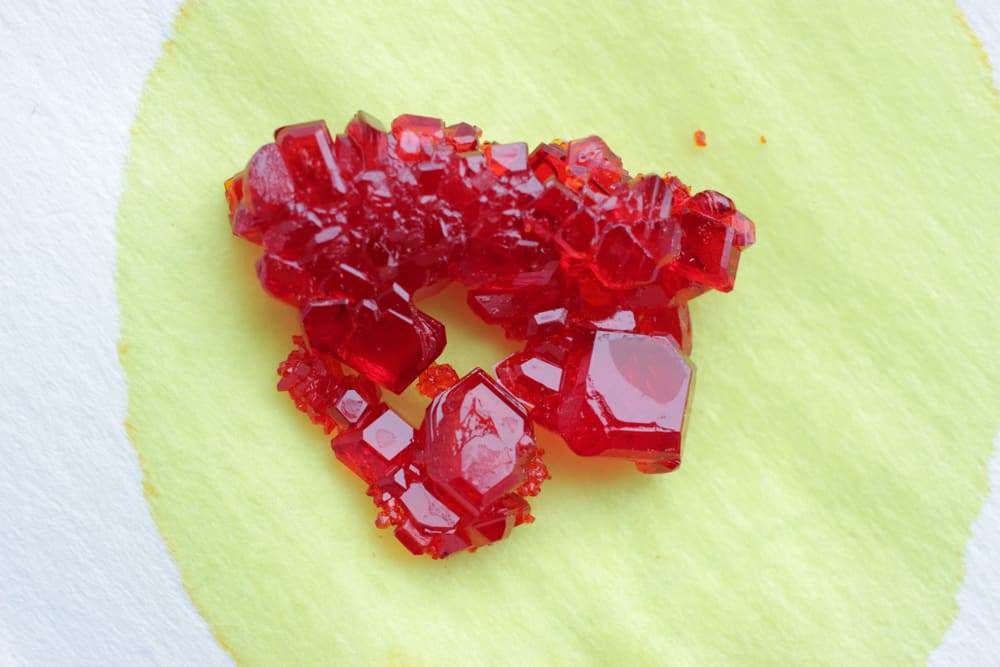
Are Synthetic Rubies Valuable?
Most people believe that synthetic rubies are less valuable than natural rubies. However, this is only sometimes the case. Although synthetic rubies are not as expensive as natural ones, they are still valuable.
Synthetic rubies can sometimes be more valuable than natural rubies, depending on their quality. Creating synthetic rubies is complicated, so they are often less perfect than natural rubies. However, synthetic rubies can be just as perfect as natural ones.
Why Are Synthetic Rubies Valuable?
Synthetic rubies are valuable for several reasons.
- Its rich and deep red color is extremely saturated and evenly distributed. Lab-grown rubies are valuable because:
- Synthetic rubies are durable and can withstand high temperatures, even more so than natural rubies. This makes them ideal for use in a variety of industrial applications.
- Since synthetic rubies are manufactured and produced in a controlled environment, it has increased clarity.
- Synthetic rubies are chemically identical to natural rubies. This means they have the same optical and physical properties as natural rubies.
If you are interested in purchasing a synthetic ruby, be sure to do your research to find a reputable seller. You will also want to consider the quality of the ruby before making a purchase.
With a little bit of shopping around, you should be able to find a synthetic ruby that fits your budget and your needs.
How To Identify A Synthetic Ruby
You cannot tell the difference between a natural and synthetic ruby just by looking at it. Even trained gemmologists often need the help of special equipment
to identify a synthetic ruby.
To identify a synthetic ruby, it is important to know what characteristics to look for. Here are a few ways to tell if a ruby is most likely synthetic.
- Check the color. Synthetic rubies are often brighter and more uniform in color than natural rubies.
- Look at the clarity. Synthetic rubies are usually much clearer than natural rubies, which often have inclusions.
- Examine the cut. Synthetic rubies are often cut with more precision than natural rubies.
Synthetic gemstones are much more vivid in color and almost entirely blemish-free. However, the best way to tell if a ruby is synthetic is to have it examined by a qualified gemmologist.
Conclusion
Overall, synthetic rubies are durable and can withstand most everyday activities. It is important to know not all synthetics are created equal. Some brands use lower-quality materials that are more prone to damage from heat. Suppose you are still determining the quality of your synthetic ruby. In that case, it is best to err on the side of caution and avoid exposure to extreme heat because even high-quality synthetic rubies can be damaged by prolonged exposure to high temperatures.

